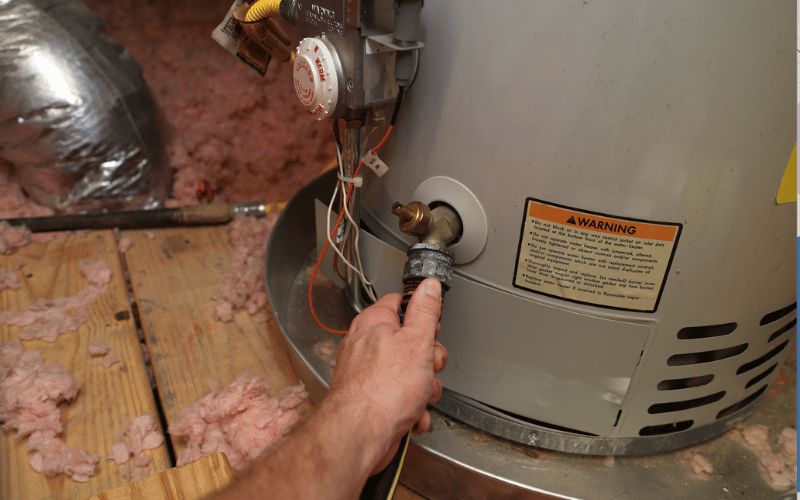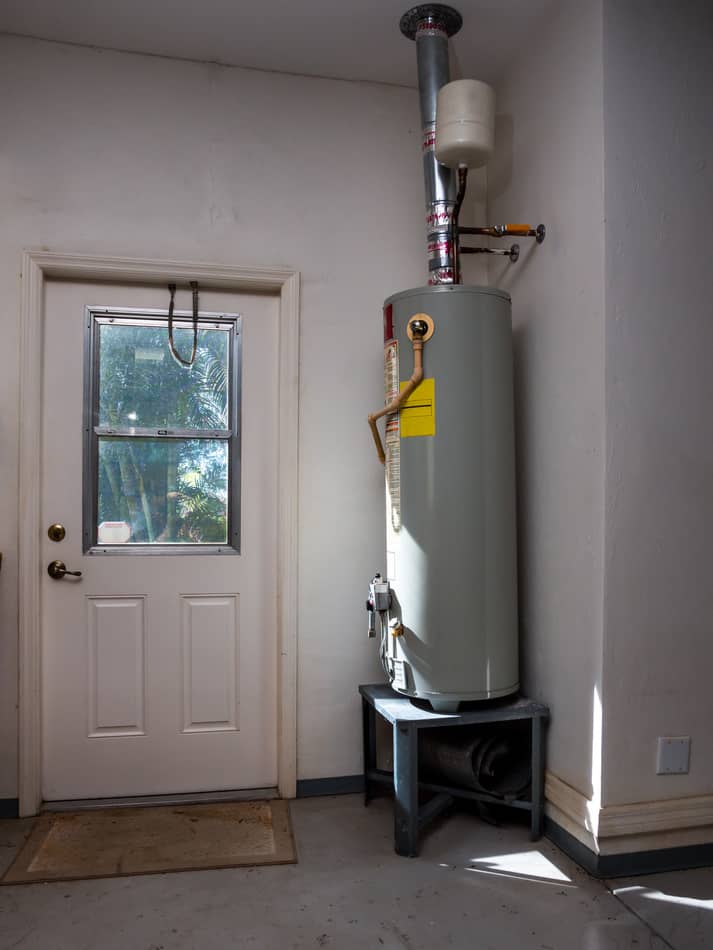What're your concepts about How to Maintain Your Water Heater & Prolong its Life?

Warm water is important for day-to-day comfort, whether it's for a rejuvenating shower or washing recipes. To ensure your hot water system runs efficiently and lasts longer, routine maintenance is vital. This article provides useful tips and insights on just how to keep your home's warm water system to prevent disruptions and expensive repairs.
Introduction
Keeping your home's hot water system may appear difficult, yet with a few easy actions, you can ensure it runs efficiently for several years to come. This guide covers whatever from recognizing your warm water system to DIY upkeep suggestions and understanding when to contact professional help.
Significance of Maintaining Your Hot Water System
Routine maintenance not only extends the lifespan of your warm water system yet additionally guarantees it runs effectively. Overlooking maintenance can lead to lowered effectiveness, higher energy bills, and also early failure of the system.
Signs Your Warm Water System Requirements Maintenance
Knowing when your warm water system needs focus can stop major concerns. Watch out for indications such as irregular water temperature level, strange sounds from the heating unit, or rusty water.
Flushing the Hot Water Heater
Purging your hot water heater removes sediment build-up, improving efficiency and extending its life.
Monitoring and Replacing Anode Rods
Anode rods prevent rust inside the container. Examining and replacing them when worn is critical.
Facility Problems Requiring Professional Help
Examples include significant leaks, electrical troubles, or if your hot water heater is consistently underperforming.
Regular Specialist Maintenance Advantages
Professional upkeep can include comprehensive inspections, tune-ups, and making certain compliance with safety requirements.
Inspecting and Readjusting Temperature Setups
Adjusting the temperature level settings makes sure optimum performance and safety and security.
DIY Tips for Upkeep
You can carry out numerous maintenance tasks yourself to maintain your hot water system in top problem.
Checking for Leaks
Frequently check pipelines and links for leakages, as these can cause water damages and greater bills.
Recognizing Your Hot Water System
Prior to diving into upkeep jobs, it's helpful to understand the fundamental parts of your warm water system. Usually, this consists of the hot water heater itself, pipelines, anode poles, and temperature controls.
Month-to-month Upkeep Tasks
Routine monthly checks can help capture small issues prior to they escalate.
Examining Stress Alleviation Valves
Evaluating the pressure safety valve guarantees it functions correctly and stops excessive stress accumulation.
Insulating Pipelines
Protecting warm water pipes lowers warm loss and can save power.
When to Call a Professional
While do it yourself maintenance is advantageous, some concerns require specialist know-how.
Conclusion
Routine upkeep of your home's hot water system is vital for performance, longevity, and expense financial savings. By following these ideas and recognizing when to look for specialist help, you can ensure a trustworthy supply of warm water without unexpected interruptions.
How to Maintain an Instant Hot Water Heater
Before tinkering with your hot water heater, make sure that it’s not powered on. You also have to turn off the main circuit breaker and shut off the main gas line to prevent accidents. Also turn off the water valves connected to your unit to prevent water from flowing into and out of the appliance. 2. When you’re done, you have to detach the purge valves’ caps. These look like the letter “T” and are situated on either side of the water valves. Doing so will release any pressure that has accumulated inside the valves while at the same time avoid hot water from shooting out and burning your skin. 3. When the purge valves’ caps are removed, you have to connect your hosing lines to the valves. Your unit should have come with three hoses but if it didn’t, you can purchase these things from any hardware or home repair shops. You can also get them from retail stores that sell water heating systems. Read the user’s manual and follow it to complete this task properly. When the hosing lines are connected, open the purge port’s valves. 4. You should never use harsh chemical cleaners or solutions when cleaning your unit. Make use of white vinegar instead. It should be undiluted and you’ll probably use about 2 gallons. 5. Now flush your water heater. This task should probably take about 40 minutes. We can’t give you specific directions for this because the procedure is carried out depending on the type, model and brand of your heater. With that being said, refer to the user’s manual. 6. When you’re done draining the unit, you have to turn off the purge port valves again. Remove the hosing lines that you earlier installed on each of the water valves. Put the valve caps (purge port) back in their respective places and be very careful so as not to damage the rubber discs that are found inside these caps. 7. Now that everything’s back in place, check your user’s manual again to find out how to reactivate your water heating system. 8. Once it is working, turn one of your hot water faucets on just to let air pass through the heater’s water supply pipes. Leave the tap on until water flows smoothly out of it. https://www.orrplumbing.com/blog/2014/september/how-to-maintain-an-instant-hot-water-heater/

I'm just very drawn to Water Heater Maintenance Tips You Can't Afford to Forget and I hope you enjoyed the blog entry. Enjoyed our entry? Please share it. Let someone else discover it. Thanks a lot for your time. Don't forget to pay a visit to our blog back soon.
Check It Out